PHU THO is called 'lazy field' because there people apply the production method that requires the least labor but gives better economic, environmental and health efficiency.
The thread connecting people to the fields
On the roads along the fields in Zone 2 and Zone 3 of Dong Trung Commune (Thanh Thuy District, Phu Tho Province), every morning and evening, there are bustling crowds of people going out for a walk or exercising, with laughter and chatter filled with the gentle scent of rice.
Mr. Doan Quoc Tuan - Head of the Agricultural Extension Team of Dong Trung Commune told me that every year his hometown has 258 hectares of spring rice, 156 hectares of summer-autumn rice and 40 hectares of regenerated rice. The regenerated rice area is concentrated in the undulating fields, where farmers harvest spring rice by hand, while the remaining flat fields are planted and harvested by machine.
Since the rice has been allowed to regenerate, there has been less need for chemical pesticides and fertilizers, and the environment has become clean again, so people have been going out to the fields to play or exercise. Unlike before, when farmers were still abusing chemical fertilizers and especially chemical pesticides, after each spraying period, people avoided the fields like the plague, and houses near the fields had to close their doors tightly all day to endure. Allowing the rice to regenerate also helps beneficial animals and insects in the fields such as frogs, snails, crabs, water bugs, etc. to reappear after a period of disappearance.
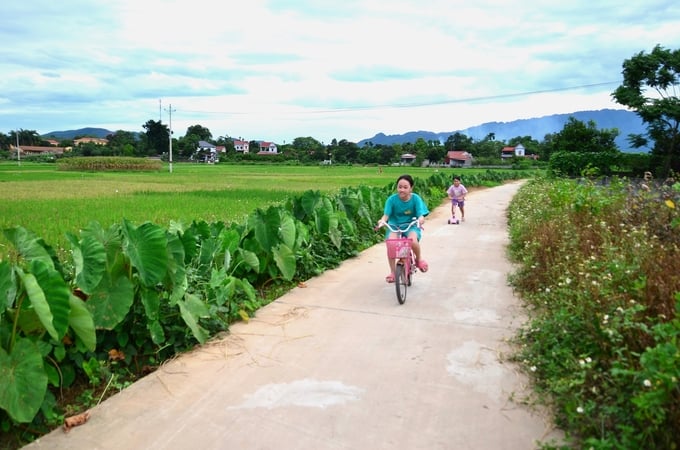
The road around the rice fields is reborn as a place for people to walk and exercise. Photo: Duong Dinh Tuong.
“In the midland commune, on high land, people want to produce 3 crops including 2 rice crops and 1 color crop, so they do not bring in harvesters, but accept to harvest by hand to let the rice regenerate in the summer-autumn crop. The summer-autumn crop often has unfavorable weather, many risks, and low productivity, so the government has proposed to meet and agree with households to promote rice regeneration by providing additional technical training, but there has not been any form of support yet,” Mr. Tuan informed.
Taking advantage of the characteristics of hybrid rice with strong regeneration ability, right from the spring crop, the fields for regeneration rice were oriented by Dong Trung commune to plant hybrid rice varieties. Regeneration rice requires low investment but the yield still reaches 80 - 100kg/sao (360m2), giving an income of 800,000 - 1,000,000 VND/sao with only a few kg of fertilizer, and some households use biological pesticides when the plants have a few leaves, some do not. Compared to growing rice in the summer-autumn crop, the yield reaches 120kg/sao but the cost of plowing is 200,000 VND/sao, harvesting is 250,000 VND/sao, fertilizer is 150,000 VND, pesticide is 100,000 VND/sao, losing more than half, the effectiveness of regeneration rice is superior. It is fun to work, but it is real.
When first produced, few people thought that the quality of regenerated rice would be better than transplanted rice, but when they ate it, they realized this clearly. Although it is hybrid rice, it is still more delicious, sticky, and fragrant than some pure rice varieties, so most families keep it to eat. Based on that existing safety foundation, in the near future, Dong Trung commune will also guide people to apply VietGAP and organic rice production standards to increase value and ensure the environment and health.
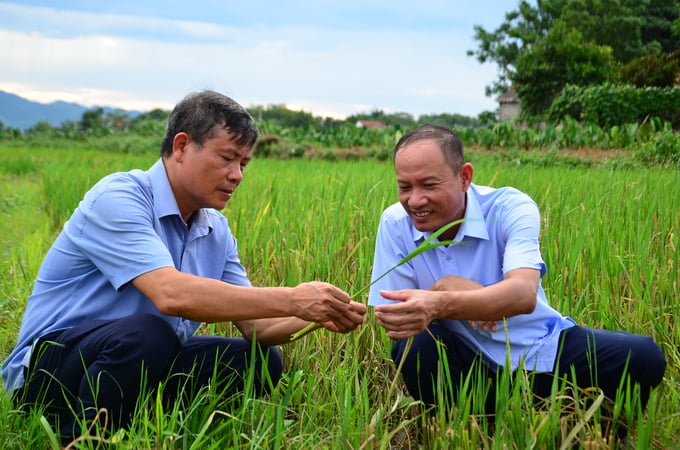
Checking regenerated rice. Photo: Duong Dinh Tuong.
Mr. Pham Duc Ngoc - a grassroots agricultural extension worker in zone 2 of Dong Trung commune whispered to me that, in the past, farmers
Regenerated rice has a harvest time 2 months shorter than rice planted in the summer-autumn crop, so it also creates land and extra time to produce winter vegetables and avoid floods.
Cultivating the winter-spring crop is very hard work and the yield sometimes only reaches 70 - 80 kg/sao, so they switched to dong rice (regenerated rice) because the investment is light but still yields a harvest. The district and commune agricultural extension team also opened classes to transfer high-yield regeneration rice production techniques to farmers. In Zone 2, there are 145 households, and almost every family after harvesting spring rice leaves the rice to regenerate like that, especially when consolidating plots to exchange fields that are adjacent to each other, making it more convenient for care.
“Irrigation here is difficult, there are few concrete canals, so farmers were not interested in growing rice a few years ago. In addition, the fields surround the village, so rats and insects cause a lot of damage when the newly planted seedlings are still young and sweet. As for arrowroot rice, rats, insects, and pests are much less common, so there is no need to spray pesticides or bait, just fertilize each sao with a few kilograms of nitrogen and wait to harvest. With such efficiency, our people tell each other not to bring harvesters to the fields but to harvest by hand to get arrowroot rice,” said Mr. Ngoc.
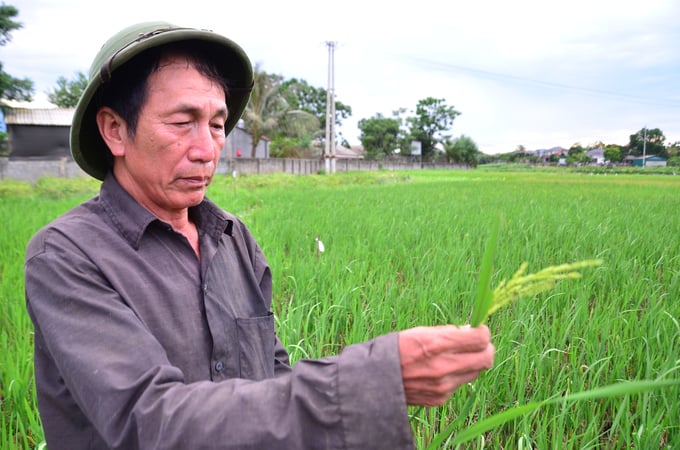
After only about 15 days, the regenerated rice plants have bloomed. Photo: Duong Dinh Tuong.
Mr. Vu Ngoc Le's family in Zone 3 (Dong Trung Commune) has 4 sao of rice but only grows hybrid rice in the spring crop, leaving the rest for regeneration in the summer crop. This technique is specifically as follows: Cut by hand, leaving a stubble about 20 - 25cm long, then fertilize with 3kg of nitrogen fertilizer, 2kg of potassium/sao to awaken the dormant buds. If the crop has enough water, the rice is good, the yield can reach more than 100kg of rice/sao, and on average it can reach 80kg/sao, equivalent to an income of 700,000 VND/sao while the cost is only about 100,000 VND/sao. In addition to being used as food, rice from regenerated rice is also used as medicine. According to folk experience, if women want to restore their health after giving birth or want to prevent night sweats in children, they just need to eat rice cooked from regenerated rice.
Leading district in regenerated rice
Thanh Thuy district (Phu Tho province) has a rice area of 2,800 - 2,900 hectares/year, of which 600 - 700 hectares are regenerated rice. The reason for this fluctuation is because it depends on natural conditions. In years with a lot of rain and high water, it is easy to expand, in years with little rain and low water, it is more difficult. The rice crop is often affected by pests, storms, low productivity, and economic efficiency is not much, so allowing rice to regenerate shows its advantages because it does not require plowing, spraying pesticides, only needs a little fertilizer, and in many places, it is not even necessary.
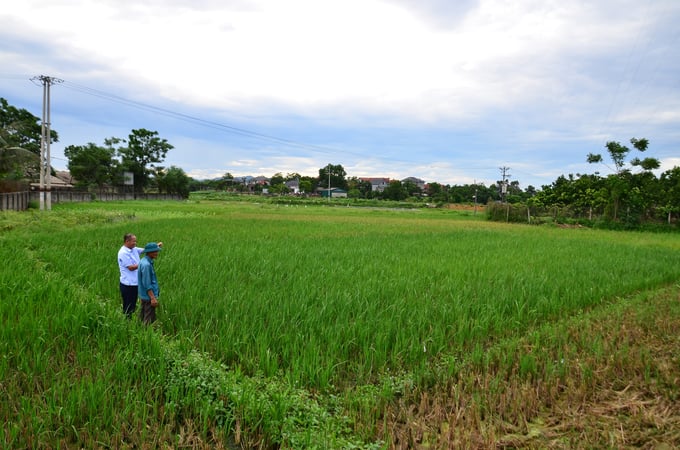
Well-regenerated rice fields can yield more than 1 quintal/sao. Photo: Duong Dinh Tuong.
Mr. Tran Duy Thau - Head of the Thanh Thuy District Plant Protection and Cultivation Station confirmed to me that the method of rice regeneration comes from the farmers' own experience.
“At first, only a few households used nets to raise ducks inside after harvesting, but that prevented cattle from destroying the stubble, allowing the stubble to sprout into clumps of regenerated rice. When they saw the effectiveness of the regenerated rice, others followed suit,” said Mr. Thau.
Bao Yen was the first commune in Thanh Thuy district to develop regenerated rice about 20 years ago, coinciding with the period when Phu Tho province had a policy of subsidizing hybrid rice varieties to promote increased productivity.
At that time, farmers raised ducks in the regenerated rice fields. When the rice was ripe, they could only eat the flowers near the roots. People would pick the flowers higher up by hand, carry them back, and crush them to get the seeds. When they saw people spontaneously growing regenerated rice like that, agricultural officials came down to inspect and direct expansion to other communes...
Not all places can grow regenerated rice, but must meet the conditions of low-lying land, hybrid planting and hand-cutting. Previously, farmers preferred Nhi Uu No. 7, now Thai Xuyen 111, Thuy Huong 308... because it both produces quality rice grains and has strong regeneration ability.
The growth time of regenerated rice is very fast, only about 1.5 months to harvest, average yield 50 - 60kg/sao, good places 80 - 90kg/sao, even more.
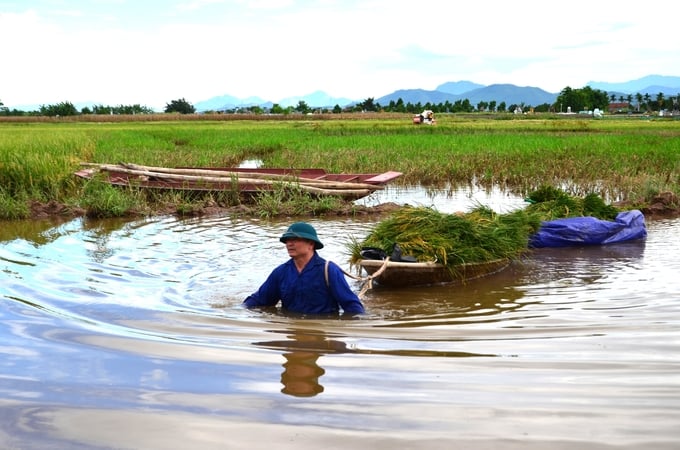
Harvesting rice in the fields. Photo: Duong Dinh Tuong.
“In the past, people did not invest in regenerating rice, but later, when they saw the effectiveness, they added a few kilos of nitrogen fertilizer, which cost only 20,000 - 30,000 VND/sao. As for pesticides, people almost never spray them on regenerating rice, while in the summer-autumn crop, they have to use them 4 times: 1 time of herbicide and snail pesticide mixed together before transplanting; 1 time of spraying for leaf rollers and stem borers; 1 time of spraying for leaf blight and bacterial stripe spots; 1 time of spraying for browning and blackening of grains due to heavy rain. Because the regenerating rice grows at the right time when there is strong sunlight and a large amount of heat, the quality of the rice is delicious, fragrant and rich, even though its appearance is inferior,” Mr. Thau compared.
However, when the use of harvesters became a mass demand, the machines cut close to the stubble and crushed them, causing the growing buds to be crushed, making it difficult for them to grow into regenerated rice plants. In addition, aquaculture development also competes strongly with regenerated rice plants.
According to statistics, Thanh Thuy district has 1,200 hectares of aquaculture, of which 400 hectares are year-round aquaculture, and 700 - 800 hectares are for one spring rice crop and one fish crop in the summer-autumn crop. When renting land from the people, contractors blocked the sluices and kept water to increase the aquaculture area, causing the regenerated rice area to gradually decrease, to only 670 hectares in 2023.
Source: https://nongsanviet.nongnghiep.vn/canh-dong-luoi-cay-mot-lan-thu-hai-vu-d388262.html






![[Photo] Prime Minister Pham Minh Chinh chairs meeting to discuss tax solutions for Vietnam's import and export goods](https://vstatic.vietnam.vn/vietnam/resource/IMAGE/2025/4/10/19b9ed81ca2940b79fb8a0b9ccef539a)
![[Photo] Phuc Tho mulberry season – Sweet fruit from green agriculture](https://vstatic.vietnam.vn/vietnam/resource/IMAGE/2025/4/10/1710a51d63c84a5a92de1b9b4caaf3e5)
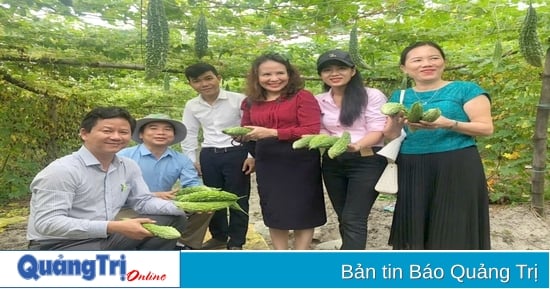

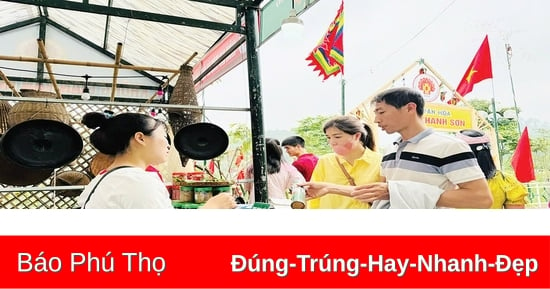

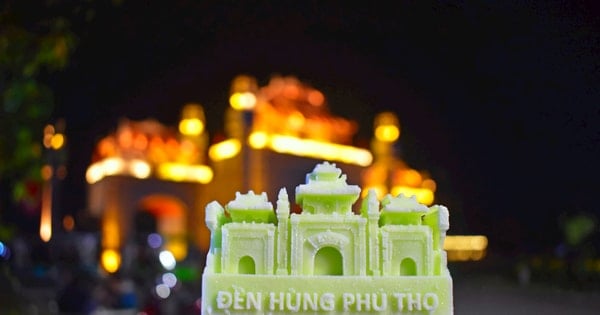

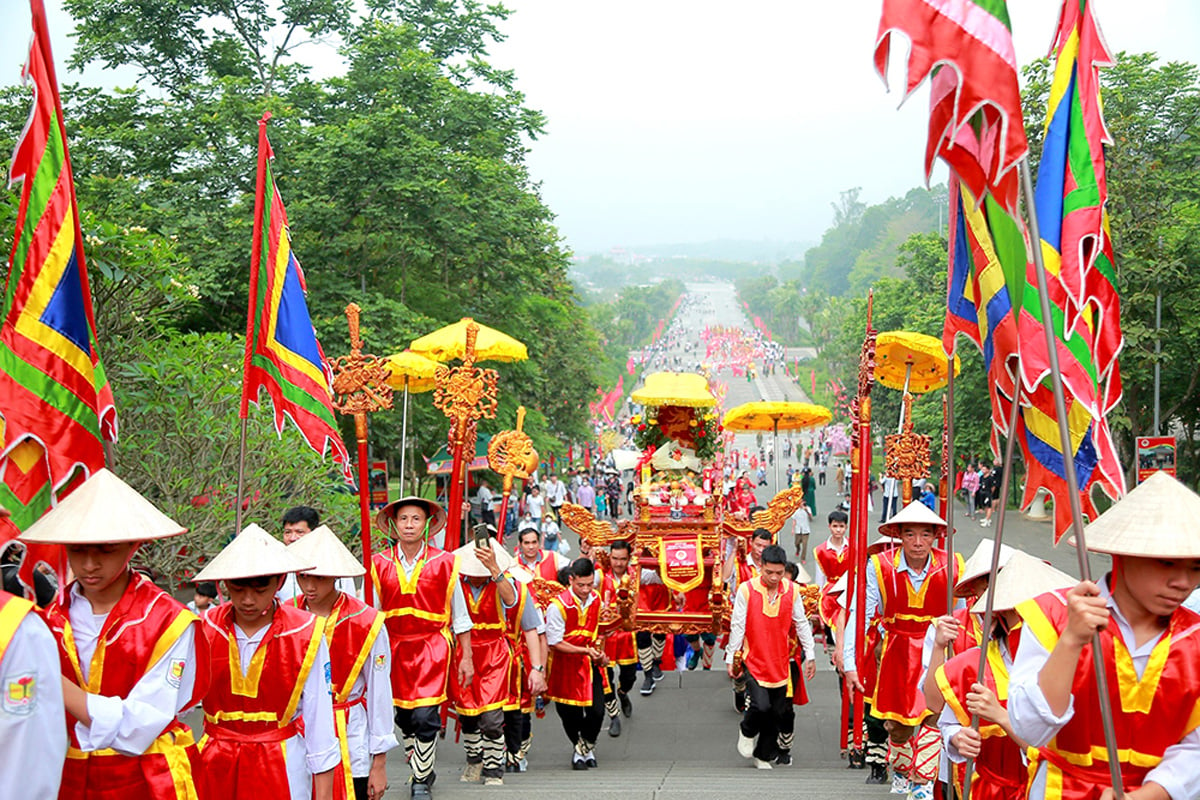

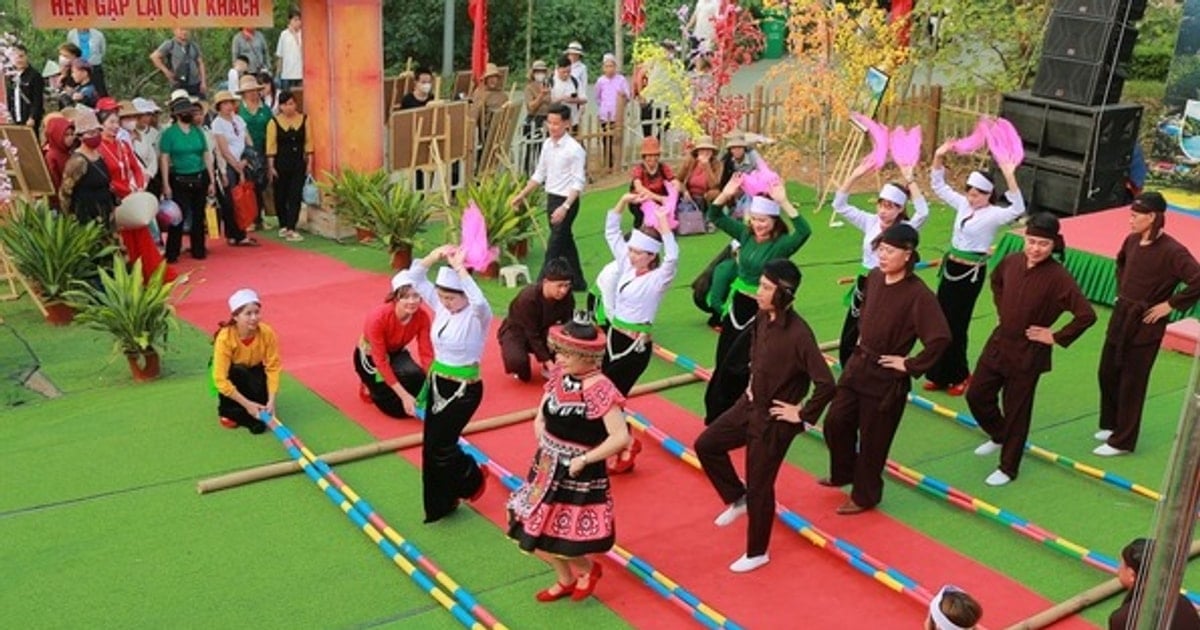


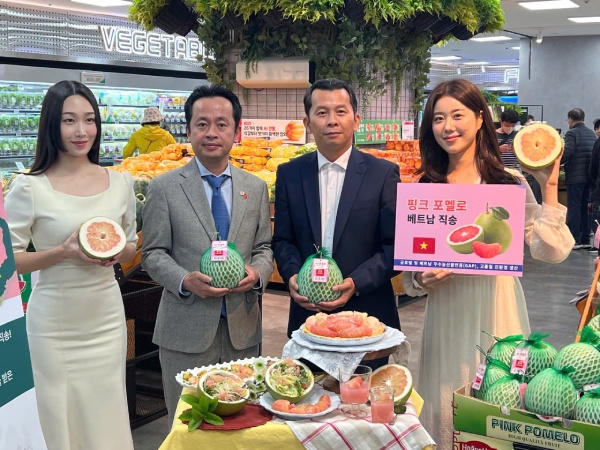
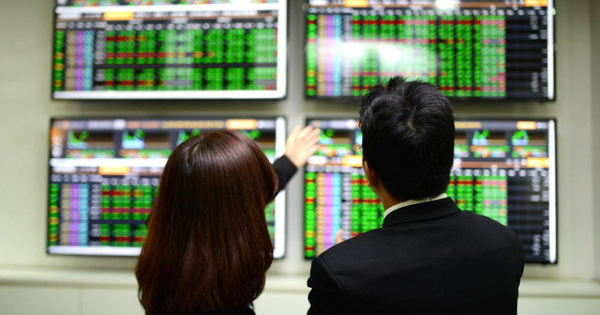
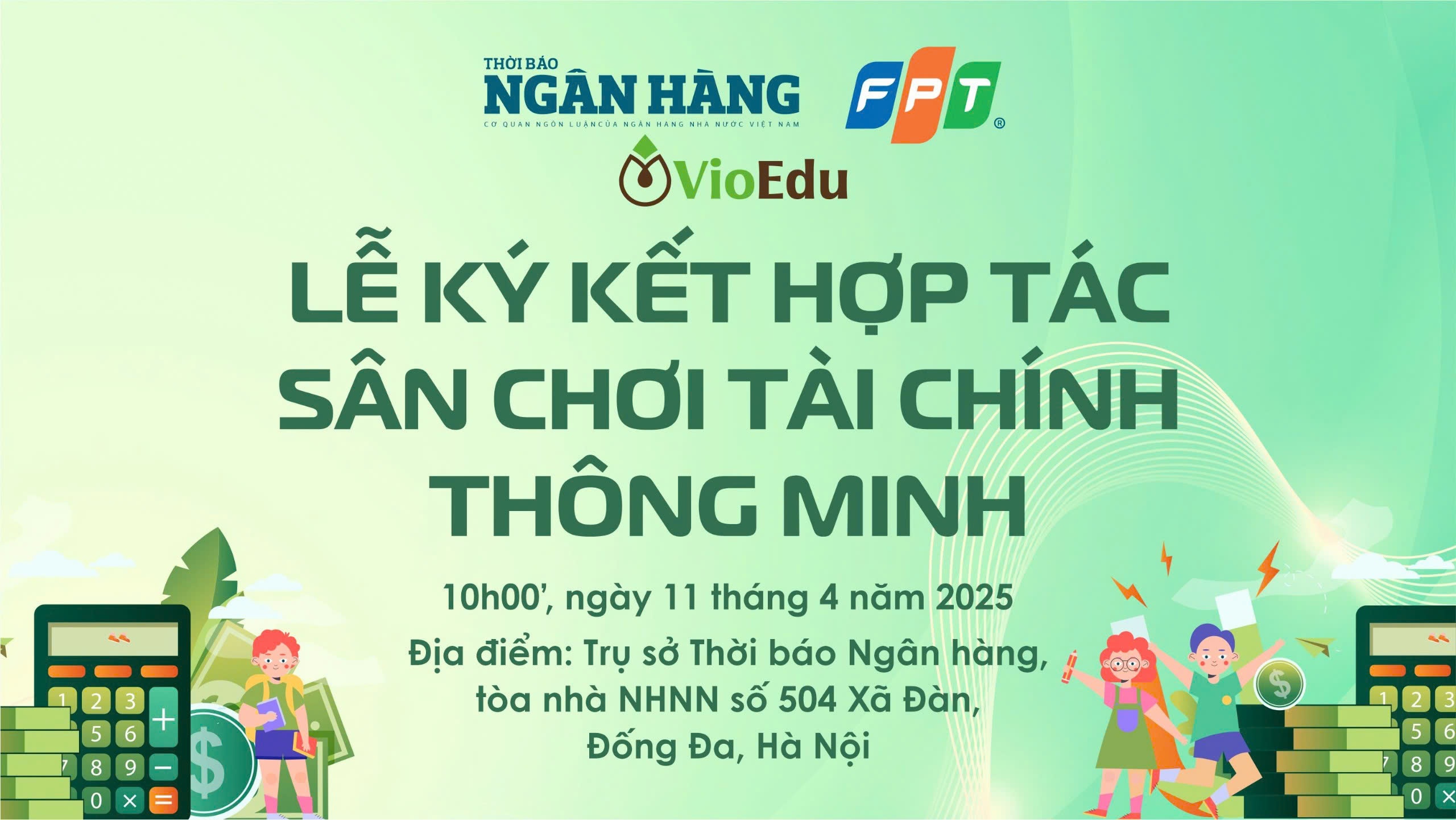
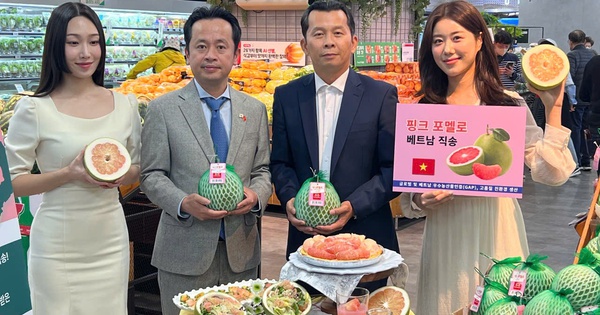
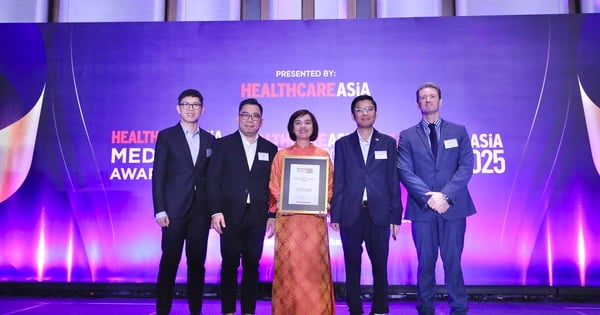
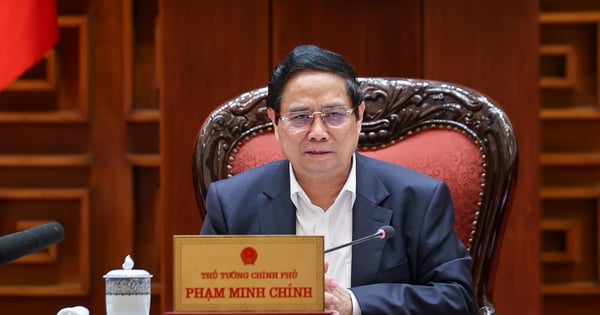




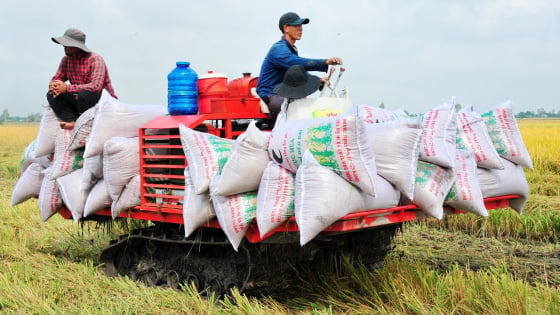
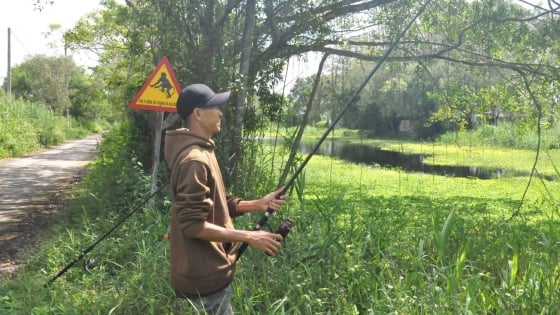

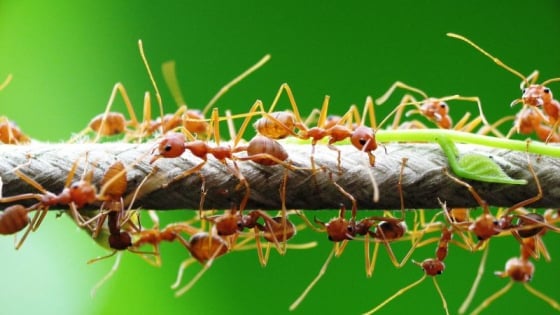
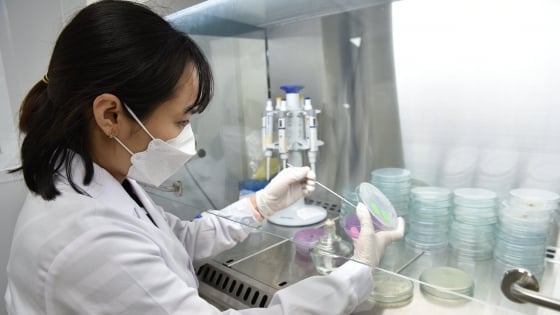
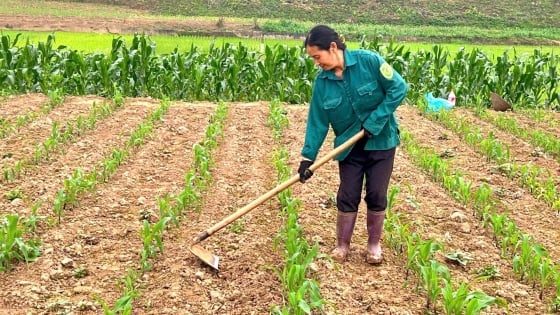
![[Photo] Unique folk games at Chuong Village Festival](https://vstatic.vietnam.vn/vietnam/resource/IMAGE/2025/4/10/cff805a06fdd443b9474c017f98075a4)








































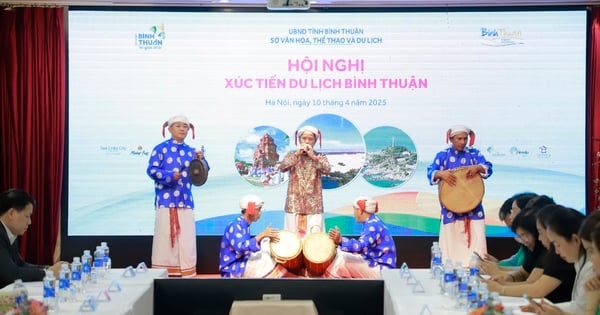







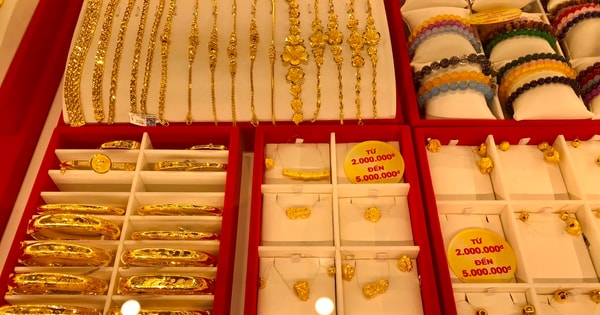
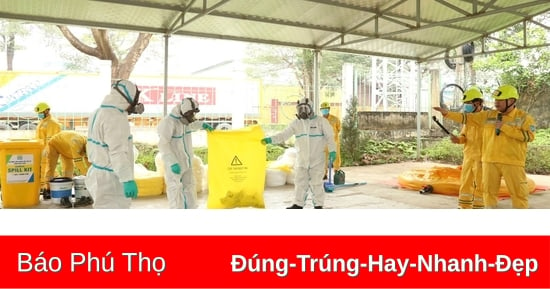

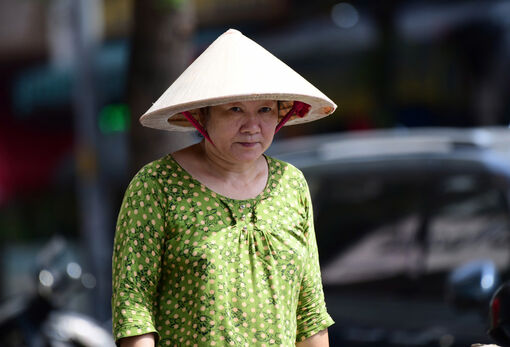

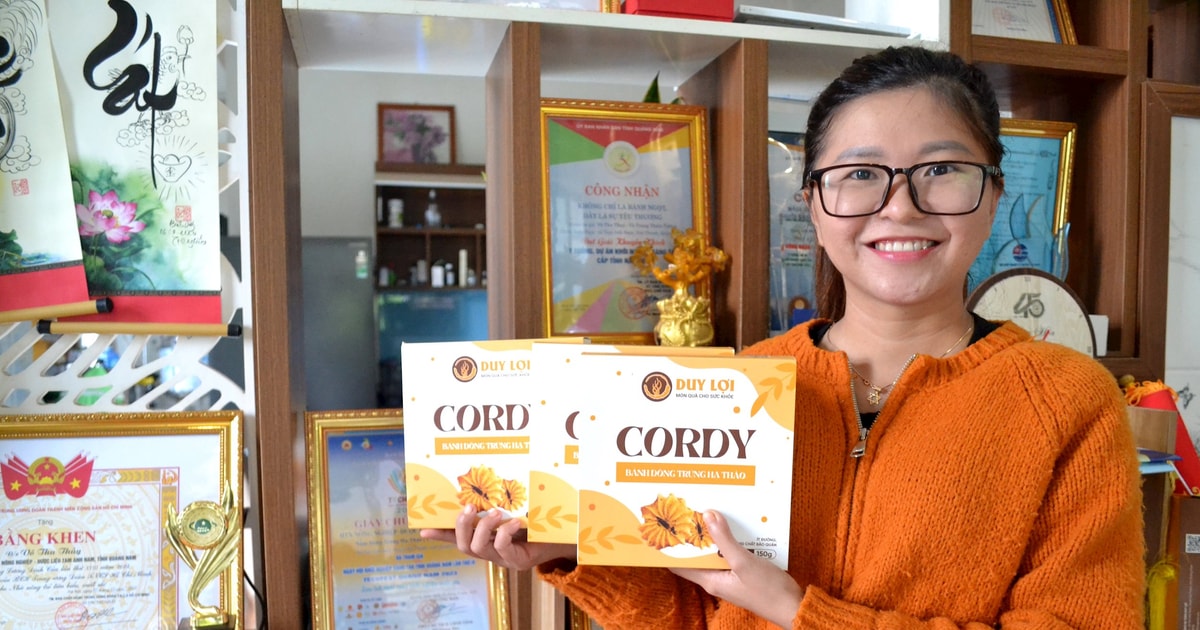
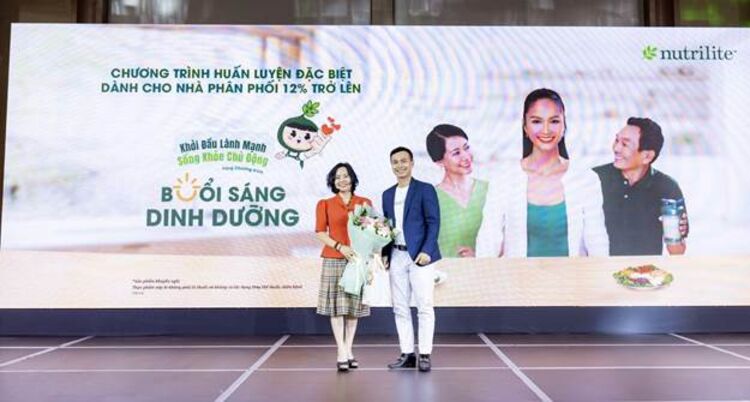
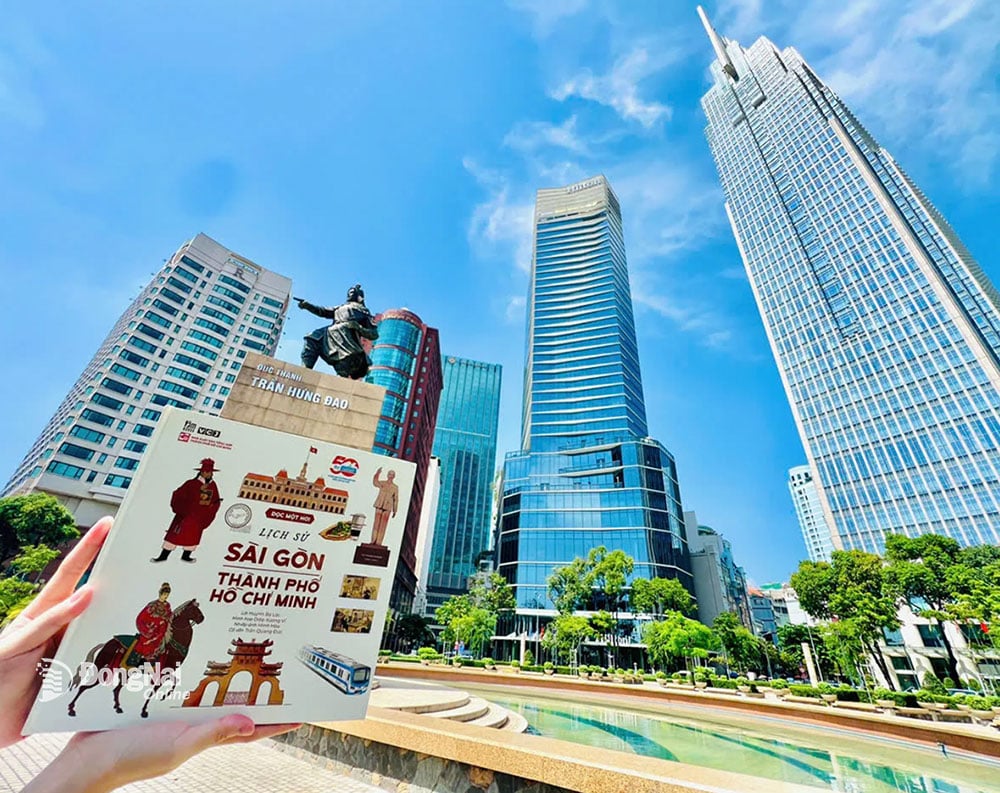









Comment (0)